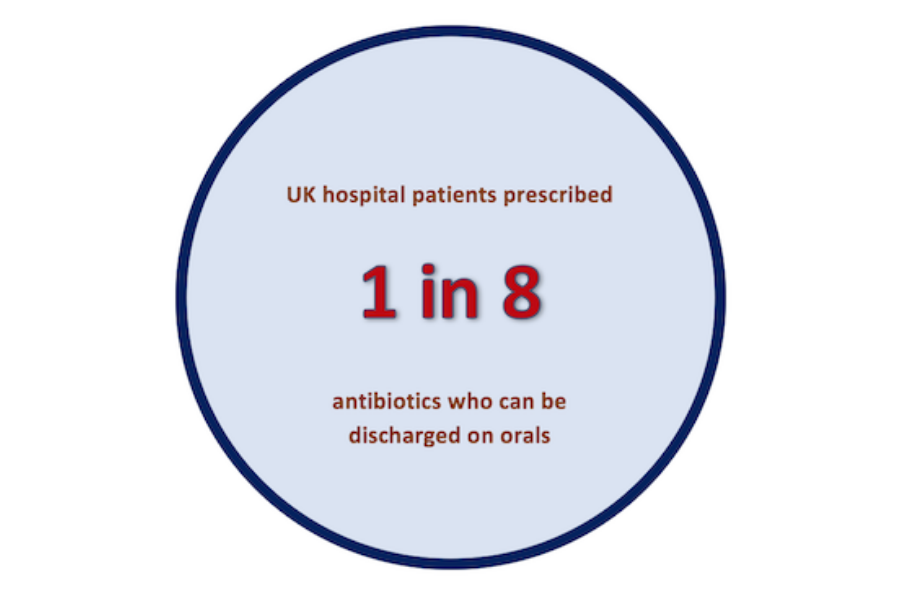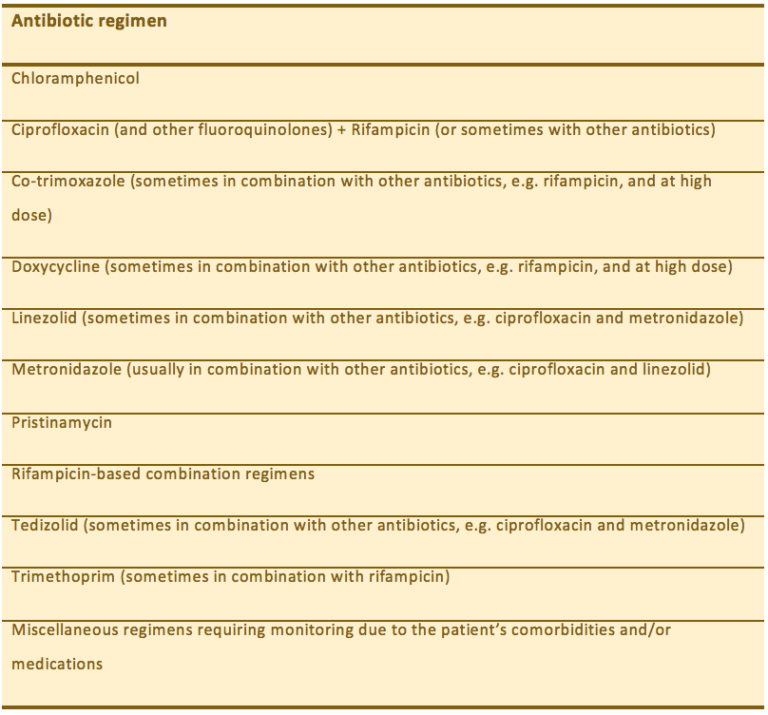
Our purpose is to transform access to education.
我们提供来自世界各地的大学和文化机构的各种课程。这些一次是一次交付的一步,并且可以在移动,平板电脑和台式机上访问,因此您可以适合自己的生活。
我们认为,学习应该是一种愉快的社交经验,因此我们的课程为您提供了与他人一起讨论的机会,帮助您做出新的发现并形成新的想法。
You can unlock new opportunities with unlimited access to hundreds of online short courses for a year by subscribing to our Unlimited package. Build your knowledge with top universities and organisations.










